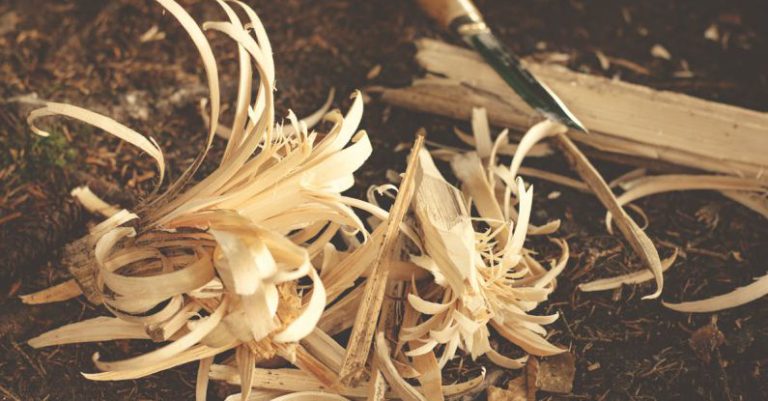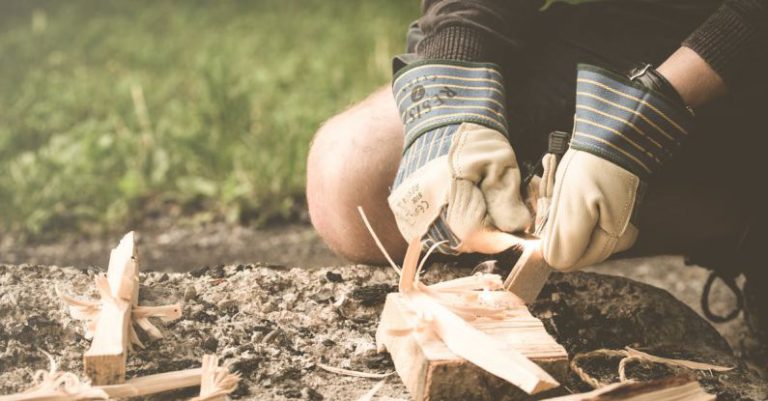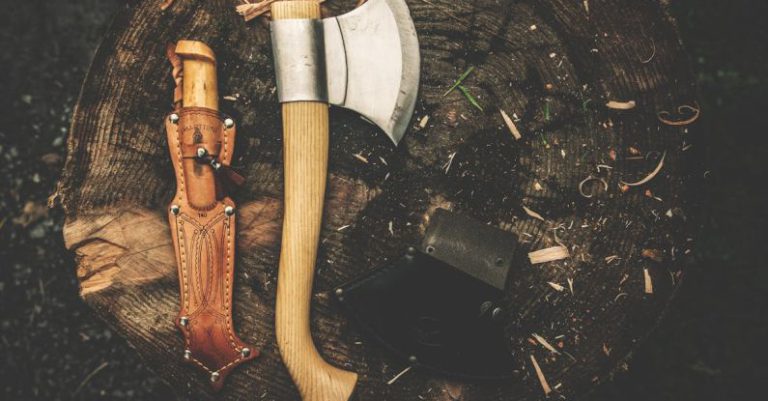
Mastering the art of bushcraft involves a diverse set of skills, one of the most crucial being the ability to tie various knots effectively. Knot tying is an essential skill in bushcraft as it can be used for shelter building, securing gear, creating traps, and many other survival tasks. Knowing the right knots to use in different situations can make a significant difference in your outdoor adventures. In this article, we will explore some of the most important knots for bushcraft and how they can be used effectively in the wilderness.
**The Figure 8 Knot**
The Figure 8 knot is a fundamental knot that is commonly used in bushcraft for creating loops at the end of ropes. This knot is strong, secure, and easy to tie, making it ideal for securing gear, attaching lines to anchors, or creating a fixed loop in a rope. The Figure 8 knot is also easy to untie after being loaded, making it a versatile choice for various situations in the wilderness.
**The Taut-Line Hitch**
The Taut-Line Hitch is a valuable knot for bushcraft enthusiasts as it is an adjustable knot that can be used to secure tent guy lines, adjust the tension on a line, or tie down loads. This knot is designed to grip the rope under tension, allowing you to make quick adjustments without having to untie and retie the knot. The Taut-Line Hitch is particularly useful in situations where you need to secure a line that may be subject to changing conditions or tension.
**The Clove Hitch**
The Clove Hitch is a simple and effective knot that is commonly used in bushcraft for securing a rope to a post, tree, or stake. This knot is quick to tie and untie, making it a versatile choice for various applications such as setting up a tarp shelter, hanging a bear bag, or creating a clothesline. The Clove Hitch is also easy to adjust and can be used to secure a line at a specific point without sliding or slipping.
**The Bowline Knot**
The Bowline Knot is a strong and reliable knot that creates a fixed loop at the end of a rope. This knot is commonly used in bushcraft for tasks such as creating a makeshift harness, securing a line around a tree, or rescuing someone in need. The Bowline Knot is easy to tie, secure, and can be untied easily even after being subjected to heavy loads. Its versatility and strength make it a valuable knot to have in your bushcraft repertoire.
**The Prusik Knot**
The Prusik Knot is a friction hitch that is used in bushcraft for ascending or descending ropes, creating a makeshift ladder, or securing gear to a rope. This knot consists of a loop of cord that is wrapped around a thicker rope, allowing it to slide up and down when tension is applied. The Prusik Knot is essential for climbing, rescue operations, and creating improvised systems in the wilderness.
**The Sheet Bend Knot**
The Sheet Bend Knot is a versatile knot that is used in bushcraft for joining two ropes of different diameters together. This knot is strong, secure, and easy to tie, making it ideal for tasks such as extending a rope, creating a net, or repairing gear. The Sheet Bend Knot is particularly useful in situations where you need to join ropes quickly and securely without compromising on strength.
In conclusion, mastering the art of knot tying is essential for any bushcraft enthusiast looking to thrive in the wilderness. By learning and practicing these important knots, you can enhance your skills, improve your efficiency, and be better prepared for any challenges that may arise during your outdoor adventures. Whether you are setting up a shelter, securing gear, or navigating rugged terrain, having a solid foundation in knot tying will give you the confidence and capability to handle whatever nature throws your way.





